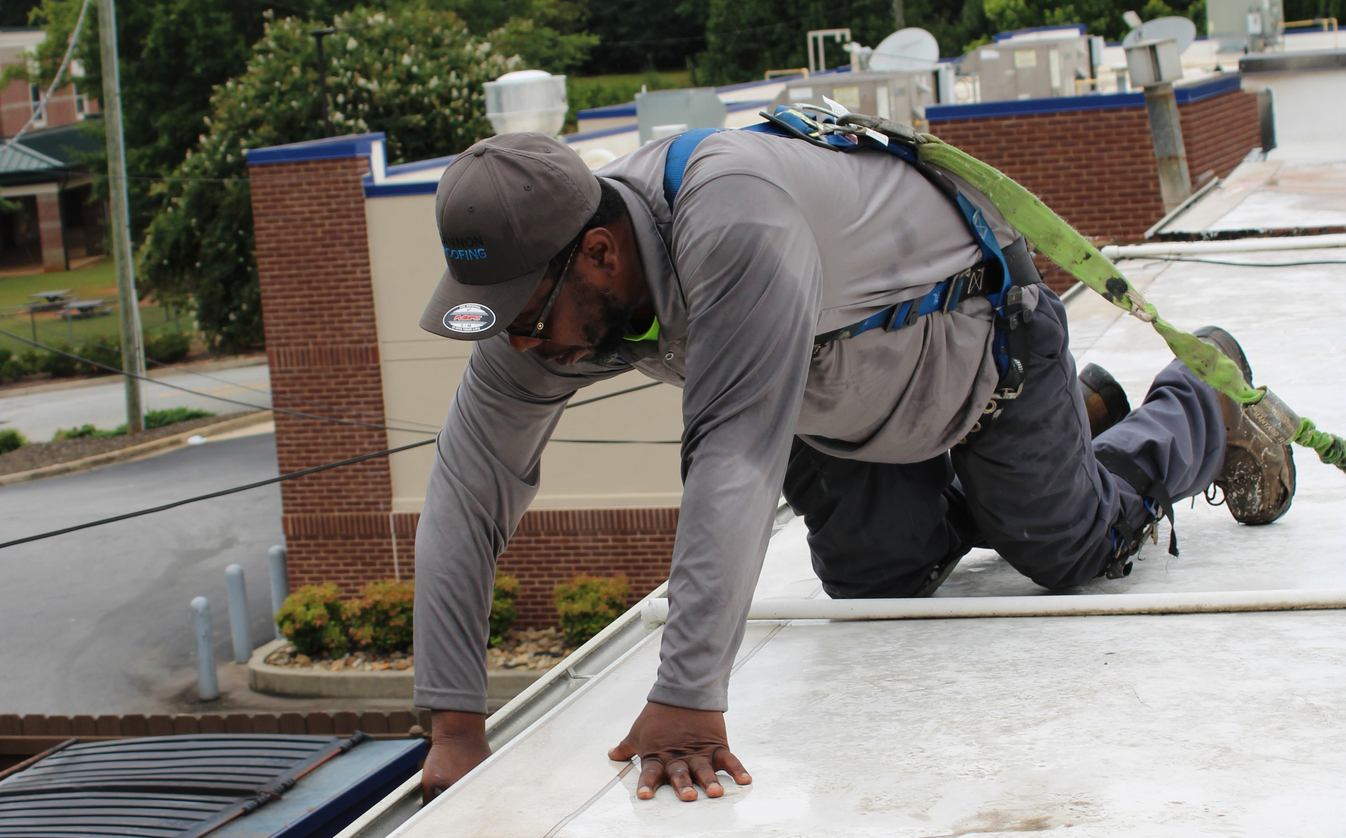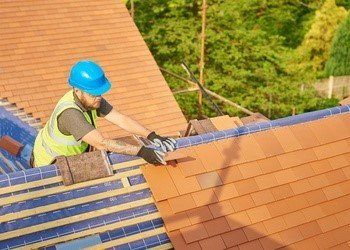Sturdy and Budget-friendly Solutions from Northeast Ohio Roofing Contractors Professionals
Sturdy and Budget-friendly Solutions from Northeast Ohio Roofing Contractors Professionals
Blog Article
A Comprehensive Overview to the Setup Process of a Skylight Roofing System
The installation of a skylight roof covering is a multifaceted process that calls for meticulous planning and execution to make sure optimal efficiency and visual charm. This overview will describe the crucial actions involved, from picking the appropriate skylight type to the essential devices and products required for a successful setup. Recognizing the subtleties of architectural honesty and waterproofing is extremely important, as these aspects straight affect the long life of your skylight. As we explore each phase, it becomes clear that interest to detail is not merely advantageous yet necessary for attaining a smooth combination of all-natural light right into your room.

Understanding Skylight Kinds
When considering a skylight installment, it is important to understand the numerous types available, each created to meet various aesthetic and functional needs. The most usual kinds of skylights include repaired, vented, tubular, and operable models.
Set skylights are non-opening devices that offer largely to supply natural light and boost indoor rooms. Vented skylights, on the other hand, include a device that allows them to open, helping with air flow and reducing humidity levels.
Tubular skylights are portable and developed to catch sunshine with a little dome on the roofing system, transporting it down a reflective tube into the home. This kind serves for smaller locations or rooms that need extra light without endangering ceiling elevation. Finally, operable skylights incorporate both natural light and air flow, making them functional in numerous settings.
Each skylight kind supplies special advantages, and the selection relies on aspects such as the intended usage of the room, neighborhood climate, and building style. Therefore, understanding these choices is essential for making an educated decision.
Preparing for Installment
Selecting the suitable kind of skylight is simply the beginning; sufficient preparation for setup is important for ensuring an effective project. Prior to starting the setup process, it is critical to examine the architectural honesty of the roofing system where the skylight will certainly be installed. This entails monitoring for any indications of damage, such as rot or leakages, which may lead and endanger the setup to future concerns.
Next, it is important to intend the area of the skylight thoroughly. Consider factors such as sunlight direct exposure, possible obstructions (like trees or surrounding buildings), and the total aesthetics of the space. Noting the area clearly will aid in envisioning the last outcome and help protect against mistakes during installment.
Additionally, evaluating neighborhood building regulations and getting needed authorizations is crucial to make certain compliance with regulations. This action will help stay clear of potential fines and make sure the safety and security and validity of the installation.
Tools and Materials Needed
A successful skylight installation requires a particular set of products and tools to make sure precision and performance throughout the process. Necessary devices include a measuring tape, degree, circular saw, and energy blade, which are important for accurate dimensions and cutting. A drill and proper drill little bits are necessary for producing holes for installing braces, while a hammer and nails or screws are required for safeguarding the skylight in position.
In addition to tools, several materials are vital for a correct setup. The skylight device itself should be chosen based on the size and kind suitable for the roofing. Flashing kits, which contain steel items developed to avoid water leak, are important for ensuring a water tight seal. Roofing cement and caulking are also required to give additional waterproofing around the skylight edges.
Security tools, such as handwear covers, safety glasses, and a construction hat, must not be overlooked to secure versus possible risks throughout the installation. Tarps or go down cloths can be helpful to catch particles and protect the inside of the room below. Jointly, these devices and products lay the foundation for a successful skylight installation.
Step-by-Step Installation Refine
Effectively installing a skylight includes a methodical method that makes certain both performance and appearances. Begin by marking the wanted area on the ceiling, guaranteeing it straightens with the structural elements of the roofing system. Next, cut an opening that matches to the dimensions of the skylight framework, making sure to avoid any electrical circuitry or plumbing.
Once the opening is prepared, set up flashing around the perimeter to divert water away from the skylight. Setting the skylight into the opening, guaranteeing it rests flush with the roofline.
Next, use roof cement along the edges of the skylight and around the flashing to create a water tight seal. Correctly checking the skylight ensures resilience and improves its aesthetic charm, providing an attractive source of natural light for years to come.
Wrapping Up and Keeping Your Skylight
After the setup of your skylight is total, it's important to finish up the procedure by making certain that all completing touches are used and proper maintenance routines are established. Begin by evaluating the interior and outside seals for any kind of spaces or variances that might lead to leaks. Proper sealing is essential for the long life of your skylight.
Next, tidy the glass surface area with a gentle, non-abrasive cleaner to keep quality and improve all-natural light penetration. like it Avoid rough chemicals that might damage the structure or seals. Consistently inspect for debris accumulation around the skylight, as this can bring about water drainage issues and might call for routine cleaning.
Establish a maintenance timetable, ideally every 6 months, to analyze the condition of the skylight. Try to find indicators of wear, including deterioration of seals or framework materials. Resolve them quickly to prevent additional damages. if you observe any kind of concerns.
Verdict

The setup of a skylight roof is a multifaceted process that needs precise preparation and implementation to make certain optimal performance and aesthetic charm.Choosing the ideal kind go of skylight is simply the start; ample prep work for installment is essential for guaranteeing a successful job.A successful skylight installation needs a particular collection of products and devices to ensure precision and efficiency throughout the procedure.After the installation of your skylight is Full Article full, it's vital to wrap up the process by guaranteeing that all completing touches are used and appropriate upkeep routines are established. Guaranteeing architectural integrity, proper blinking installation, and a water tight seal are crucial for the skylight's performance and durability.
Report this page